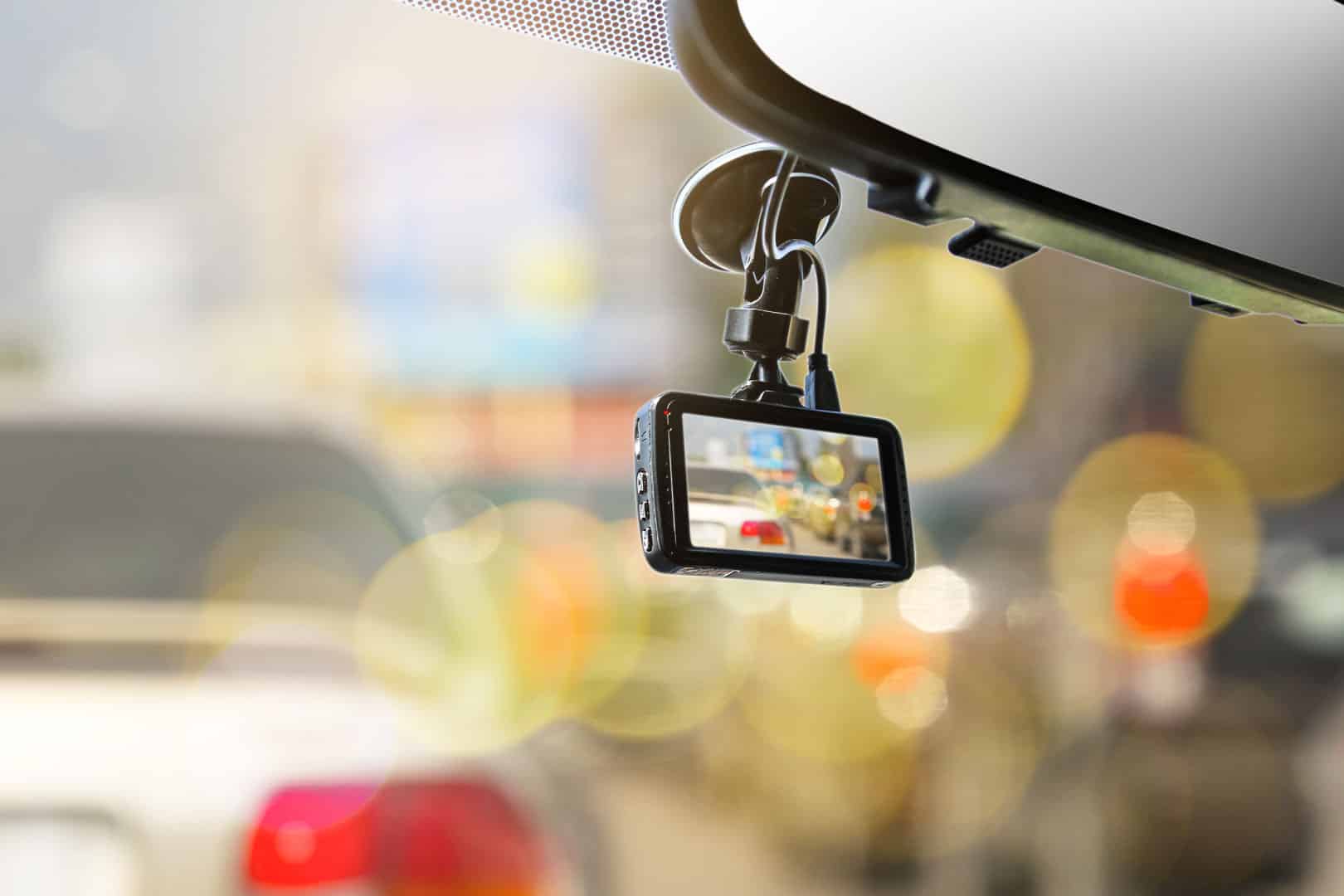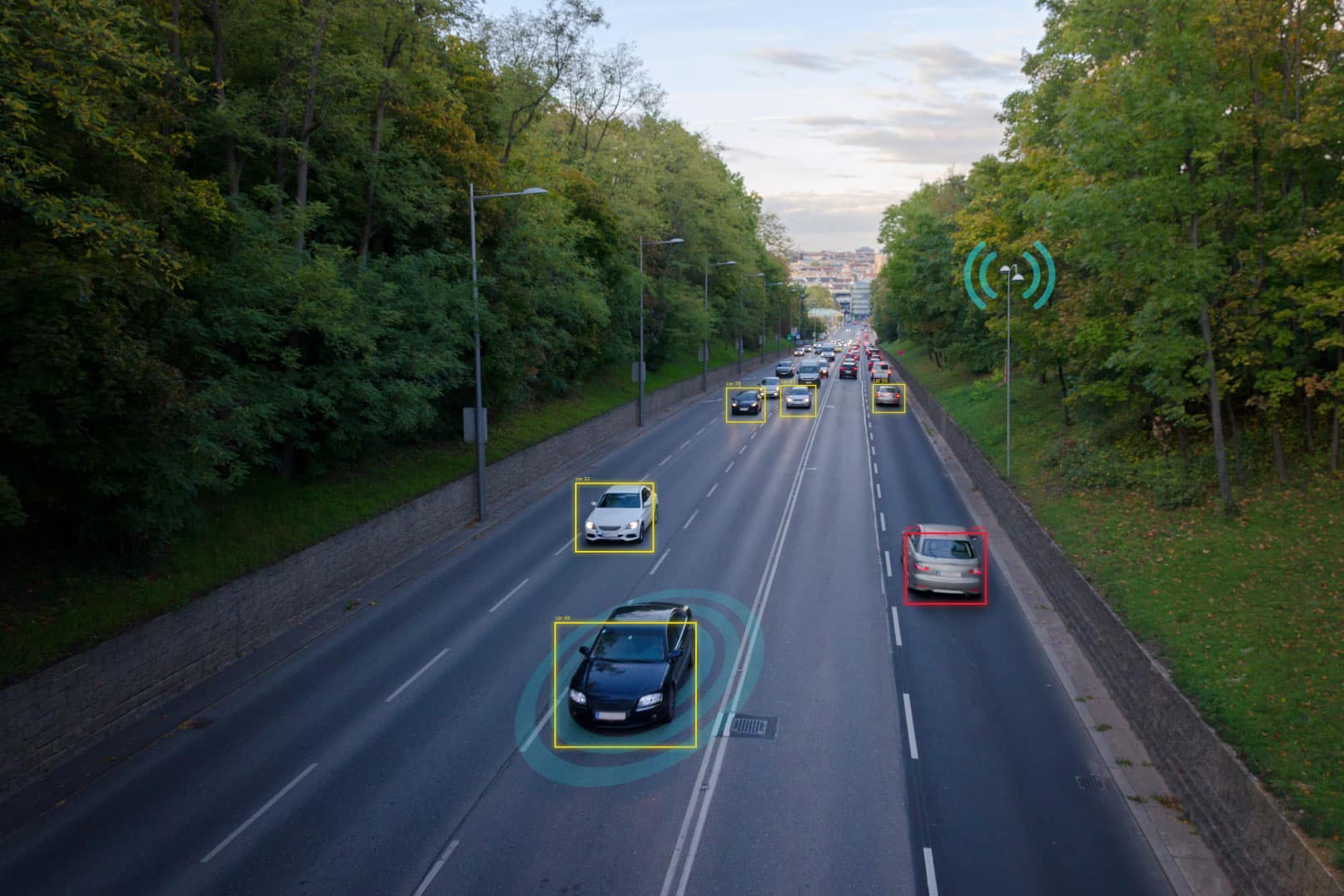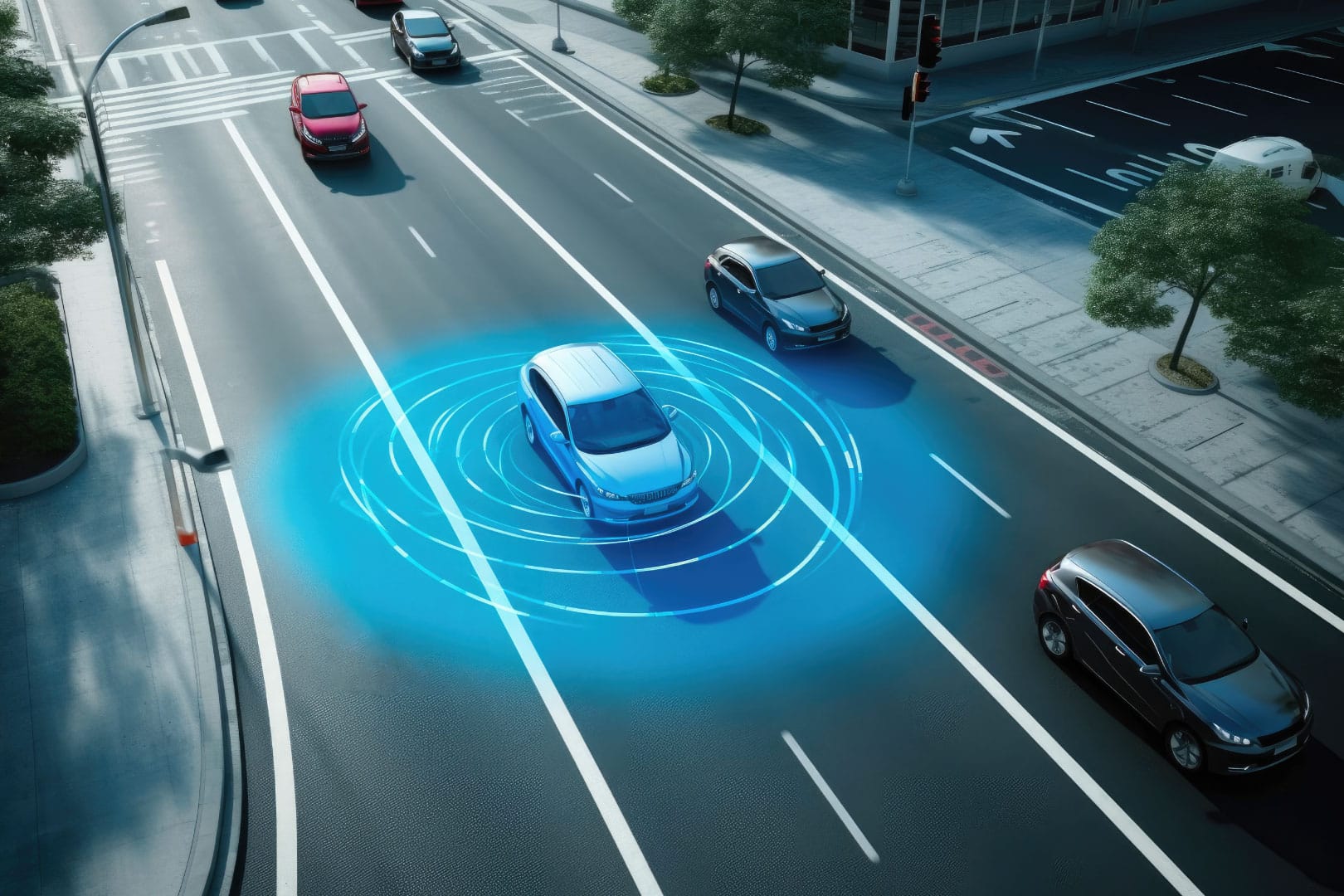What is Vehicle Telematics?
Vehicle telematics, a technology that combines telecommunications and informatics, holds the key to boosting efficiency and saving costs in the world of transportation. By using sensors and GPS tracking, vehicle telematics provides real-time data on factors such as vehicle performance, fuel consumption, and driver behaviour.
This valuable information allows fleet managers to optimize routes, improve fuel efficiency, and identify areas where training or maintenance is needed. Ultimately, integrating vehicle telematics into operations can lead to significant cost savings and increased productivity. With its hidden power, vehicle telematics offers a promising solution for improving efficiency and reducing expenses in the ever-evolving world of transportation.
What Key Applications are Vehicle Telematics Used for?
Vehicle telematics has revolutionized the way we interact with our vehicles, offering a multitude of key applications that enhance safety, efficiency, and convenience on the road. With the integration of cutting-edge technology, telematics systems gather and transmit real-time data on various aspects of vehicle performance, enabling a wide range of functionalities.
From fleet management and vehicle tracking to remote diagnostics and driver behaviour monitoring, telematics has become an invaluable tool for businesses and individuals alike. Whether it’s ensuring timely maintenance, optimizing routes, or improving fuel efficiency, the applications of vehicle telematics are diverse and impactful. Moreover, with the ability to provide instant alerts and emergency response services, telematics contributes significantly to enhancing road safety.
Embracing this innovative technology opens up a world of possibilities for vehicle owners, helping them make informed decisions and streamline their operations. So, whether you run a business or want to enhance your driving experience, vehicle telematics is a game-changer that offers countless benefits.
What are the Different Types of Telematics Devices and What is their Function?
Fleet telematics devices are becoming increasingly popular, with a wide range of options available to suit various needs. One type of telematics device is the GPS tracker, which uses satellite technology to monitor the location and movements of a vehicle in real-time. This device is especially beneficial for fleet management, as it allows businesses to track their vehicles’ routes, monitor fuel consumption, and optimize logistics.
Another type of telematics device is the diagnostic tool, which connects to a vehicle’s onboard computer system to gather data about its performance and identify any potential issues. This helps car owners and mechanics to diagnose problems accurately and make necessary repairs promptly. Additionally, there are telematics devices that focus on driver behaviour, providing valuable insights about speed, acceleration, braking, and cornering.
This information can be used to encourage safer driving practices and reduce the risk of accidents. Overall, telematics devices serve as powerful tools that enable businesses and individuals to enhance efficiency, improve safety, and make informed decisions based on accurate data.
What are the main types of In-Vehicle Camera Systems and What is Each of Their Function?
In-vehicle camera systems have become increasingly popular in recent years, providing an additional layer of security and enhancing road safety. There are several main types of in-vehicle camera systems, each serving a specific function.
The first type is the dashcam, which is designed to record the view through the windscreen. Dashcams are primarily used to capture evidence in the event of an accident or any other incidents on the road. They are often equipped with features such as loop recording and G-sensors that can detect sudden movements or impacts, automatically saving and protecting important footage.
Another type is the backup camera, also known as a reversing camera, which is specifically designed to assist drivers when reversing or parking. These cameras are usually mounted at the rear of the vehicle and provide a clear view of the blind spots, helping drivers avoid collisions with objects or pedestrians.
Lastly, there are interior cameras that are typically used in taxis, ride-sharing vehicles, or for fleet management purposes. These cameras monitor the activity inside the vehicle, ensuring passenger safety and deterring any potential misconduct.
In-vehicle camera systems, regardless of their type, play a crucial role in improving road safety and providing valuable evidence in case of any incidents.
How do Vehicle Telematics and In Vehicle Cameras Relate to Each Other?
Vehicle telematics and in-vehicle cameras are two interconnected technologies that are revolutionizing the way we monitor and manage our fleet operations. Telematics, which refers to the blend of telecommunications and informatics, involves the collection and transmission of data from vehicles to a central system.
On the other hand, in-vehicle cameras are designed to capture video footage of the road and the driver’s behaviour inside the vehicle. These two technologies work hand in hand to provide a comprehensive view of fleet operations, ensuring safety, efficiency, and accountability on the road.
With telematics, fleet managers can access real-time data such as location, speed, and engine diagnostics, while in-vehicle cameras provide visual evidence of driver behaviour, road incidents, and accidents. This combination allows fleet operators to analyse driver performance, identify risky behaviour, and take proactive measures to improve safety and reduce costs.
By leveraging both vehicle telematics and in-vehicle cameras, fleet managers can gain valuable insights into their operations, making informed decisions to enhance productivity and protect their assets.
How are Vehicle Telematics and Cameras Being Used to Monitor Driver Behaviours?
In today’s technology-driven world, vehicle telematics and cameras are revolutionising the way driver behaviours are monitored on the roads. With the advancement of telematics systems, which combine GPS technology with onboard diagnostics, it has become easier than ever for fleet managers and insurance companies to track and analyse driver data in real-time.
These systems collect essential information, such as vehicle speed, acceleration, and braking patterns, allowing for a comprehensive assessment of driver behaviours. Coupled with the use of cameras installed in vehicles, companies can also visually monitor driver actions and identify potential risks or violations. Through these innovative technologies, a proactive approach can be taken to address any unsafe driving habits, promote better driver training, and ultimately improve road safety for all. Telematics and cameras provide a wealth of key data that can revolutionise the management of fleet operations and enable better decision-making.
Fleet managers can use this information to assess driver performance, identify areas for improvement, and implement targeted training programs. On the insurance side, the real-time data collected through telematics systems can enable a more accurate assessment of risk and facilitate more personalised pricing for drivers. Additionally, the visual monitoring capabilities of cameras can provide valuable evidence in the event of accidents or incidents, supporting insurance claims and investigations. With the comprehensive insights gained through telematics and cameras, companies can effectively enhance the overall safety of their fleet and contribute to the wider goal of creating safer roads.
How are Vehicle Telematics Used in the Vehicle Insurance Industry?
Vehicle insurance companies are constantly searching for innovative ways to assess risk and provide more accurate coverage to their customers. One such technological advancement that has emerged as a game-changer in the vehicle insurance industry is vehicle telematics. Leveraging cutting-edge technology, vehicle telematics utilizes advanced tracking systems and sensors installed in vehicles to monitor and collect data on various aspects of driving behaviour.
This data, which includes information such as speed, acceleration, braking patterns, and mileage, enables insurance companies to assess the risk profile of individual drivers more accurately. y analyzing this data, insurers can tailor insurance policies to specific customer needs, rewarding safe drivers with lower premiums while encouraging responsible driving habits.
This shift towards a more data-driven approach in the vehicle insurance industry not only benefits insurers in terms of risk assessment and pricing but also empowers customers to take control of their insurance premiums by adopting safer driving practices. The integration of vehicle telematics in the vehicle insurance industry signals a seismic shift towards a more personalized, fair, and technologically-driven approach to insurance coverage.
What Role do IoT SIM Cards Have in Vehicle Telematics?
IoT SIM cards are instrumental in the realm of vehicle telematics, bringing about a paradigm shift in the monitoring and management of vehicles. These SIM cards establish seamless connectivity between vehicles, owners, and the telematics systems in place.
The utilization of IoT SIM cards facilitates real-time collection and transmission of crucial data by telematics systems, resulting in enhanced safety measures, streamlined operations, and improved overall efficiency. By incorporating cutting-edge technologies like 5G, these SIM cards ensure faster and more dependable connectivity, thereby empowering telematics systems to relay imperative information encompassing vehicle location, fuel consumption, maintenance needs, and driver conduct. By capitalizing on the potential of IoT SIM cards, vehicle telematics systems offer valuable insights and actionable data to the discerning fleet managers and owners, enabling them to optimize their operations, drive down costs, and elevate the holistic performance of their vehicles.
Are Routers Used in Vehicle Telematics Systems?
When it comes to vehicle telematics systems, routers play a critical role in ensuring seamless connectivity and efficient data transmission. These sophisticated devices, specially designed for vehicular applications, enable vehicles to stay connected to a network, allowing for real-time data monitoring, fleet management, and even remote diagnostics. Routers act as the backbone of the telematics system, enabling the smooth and reliable communication between the vehicle and the central control platform. With their advanced capabilities, routers ensure that vehicles are always connected, enabling a wide range of telematics services and applications to enhance safety, efficiency, and overall performance.
How do Telematics Systems Cope With International Connectivity Challenges?
Most modern vehicles are equipped with telematics systems, allowing for remote communication and data transmission. However, these systems face unique challenges when it comes to international connectivity. One of the main issues is ensuring seamless connectivity across different telecommunication networks and protocols.
Telematics systems need to be able to adapt and communicate with various standards, such as GSM, CDMA, and LTE, depending on the country or region. Additionally, differences in network coverage and signal strength can pose challenges for maintaining a stable connection. To cope with these challenges, telematics systems often utilize advanced antennas and signal processing technologies, allowing for stronger reception and improved connectivity. Furthermore, these systems employ sophisticated algorithms to prioritize and manage data transmission, ensuring that critical information is sent and received efficiently.
Overall, telematics systems are continually evolving to address international connectivity challenges and provide drivers with reliable and seamless communication capabilities. Of course, multi-network, international roaming telematics SIM cards are vital for ensuring telematics devices are able to connect wherever they are.
Who are the major Telematics Device Manufacturers?
When it comes to telematics device manufacturers, there are a few names that immediately come to mind. One of the major players in this industry is TomTom. With their innovative GPS technology and advanced telematics solutions, TomTom has established themselves as a leader in the field. Another prominent company to consider is Garmin. Known for their high-quality navigation devices, Garmin has also ventured into the telematics market, offering a range of solutions for fleet management and vehicle tracking. Additionally, Teltonika is a noteworthy manufacturer that specializes in IoT and M2M technology, offering reliable and versatile telematics devices. With their extensive range of products and commitment to quality, these manufacturers have become go-to choices for businesses seeking reliable telematics solutions.
Who are the Main Vehicle Telematics Platform Providers?
When it comes to vehicle telematics platforms, there are several key players in the market. These providers offer a wide range of services and solutions for businesses looking to monitor their fleet and gather valuable data. Some of the main players in the industry include Teletrac Navman, Quartix, Masternaut, and TomTom Telematics. These companies have established themselves as leaders in the field, offering robust platforms that can track vehicle location, gather performance data, and even provide real-time alerts and analytics.
With their user-friendly interfaces and comprehensive features, these main vehicle telematics platform providers are helping businesses improve their efficiency and make more informed decisions. Whether it’s for logistics, transportation, or fleet management, these platforms offer the tools and insights necessary to optimize operations and reduce costs. So if you’re in need of a vehicle telematics platform, it’s worth considering these well-known providers for your business.
What are the Main Advancements in Vehicle Telematics Likely to be in the Next Few Years?
The future of vehicle telematics is teeming with exciting advancements that are set to revolutionize the way we interact with our vehicles. One major development on the horizon is the integration of Artificial Intelligence (AI) technology into telematics systems. This means that vehicles will be able to analyse real-time data, such as traffic patterns and weather conditions, and make informed decisions to optimize performance and ensure driver safety. Additionally, the emergence of 5G connectivity will enable faster and more reliable communication between vehicles, further enhancing the capabilities of telematics systems. With these advancements, the future of vehicle telematics holds immense potential for a safer, more efficient, and connected driving experience.
What are the Dangers of Using AI in Vehicle Telematics Systems?
When it comes to incorporating artificial intelligence (AI) into vehicle telematics systems, there are certainly a myriad of benefits that cannot be ignored. However, it is equally essential to address the potential dangers associated with this advanced technology. One of the significant concerns revolves around the reliability and accuracy of AI algorithms in interpreting data from various sensors and inputs. As AI becomes more integral to these systems, there is a risk of misinterpretation or mis-judgment, leading to potentially dangerous outcomes on the road. Moreover, the issue of data privacy and security also arises, as AI systems rely on collecting vast amounts of personal information.
While steps must be taken to ensure robust cybersecurity measures are in place, the possibility of data breaches or misuse of sensitive information remains a grave concern. It is crucial for manufacturers and developers to carefully consider and mitigate these inherent dangers to ensure the safe and responsible use of AI in vehicle telematics systems.




